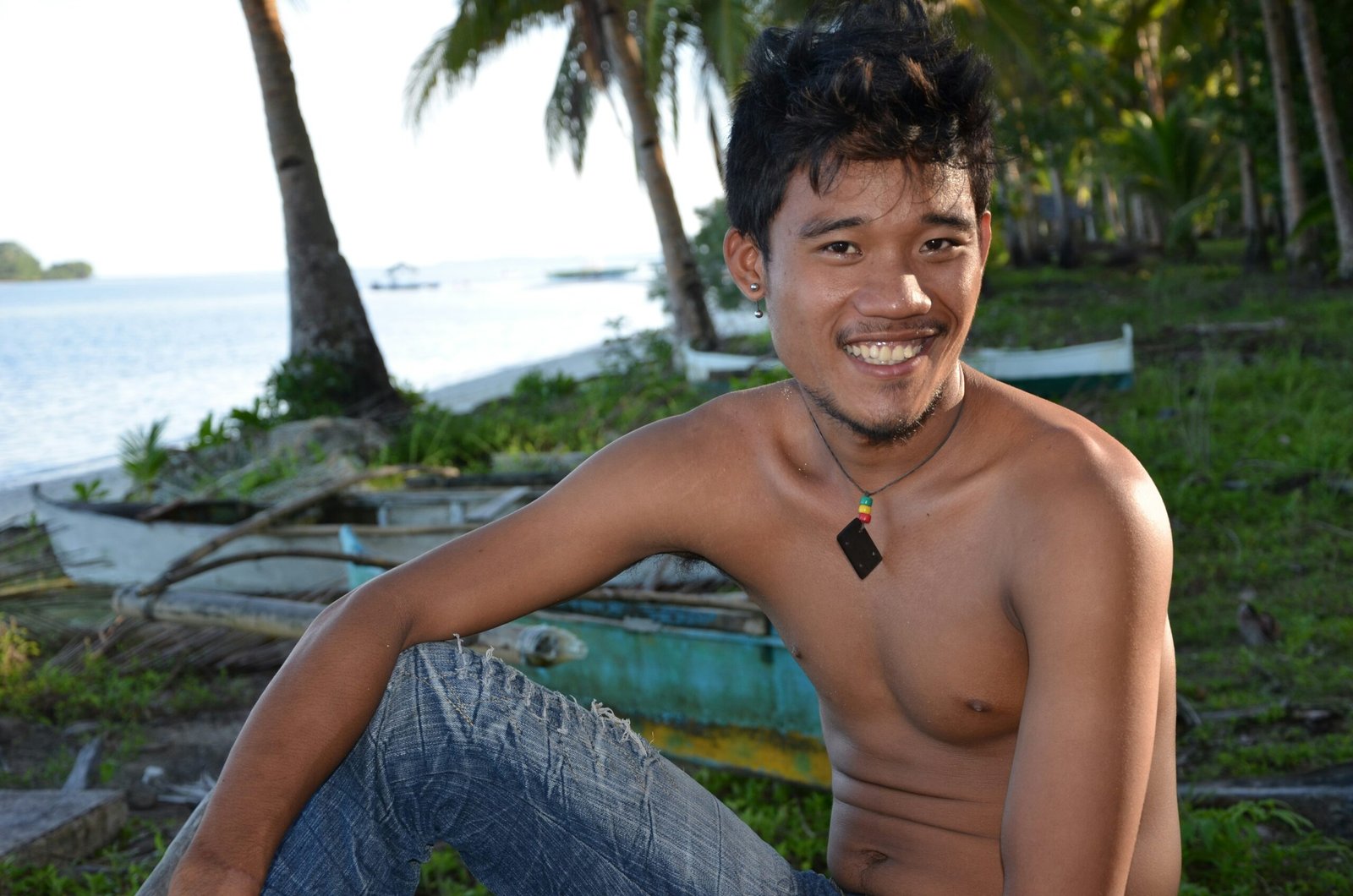Meet Miguel Santos, 22, whose journey from coastal fisherman’s son to community organizer exemplifies the power of youth leadership in building disaster-resilient Philippines.
The morning sun casts long shadows across the shoreline of Batangas as Miguel Santos checks his phone for the latest weather updates. It’s become routine—not just for him, but for an entire generation of young Filipinos who’ve learned to read storm patterns like their grandparents once read the tides.
“My lolo used to say the sea would tell you everything you needed to know,” Miguel reflects, sitting near the same bancas his grandfather once used for fishing. “Now we need satellites and apps too, but the principle is the same—you listen, you prepare, you adapt.”
Miguel is one of 150 young leaders who’ve graduated from CJF Philippines’ Youth for Resilience program since its launch in 2023. What started as a workshop series has evolved into something much bigger: a network of youth advocates who are transforming how their communities prepare for and recover from natural disasters.
Beyond the Textbooks: Real-World Leadership Training
The Youth for Resilience program doesn’t just teach disaster preparedness—it creates leaders who can navigate the complex realities of climate change in the Philippines. Participants learn everything from basic first aid and evacuation planning to advanced skills like community mapping, resource allocation, and crisis communication.
“We’re not just teaching kids to prepare for storms,” explains Maria Dela Cruz, CJF Philippines’ Youth Program Coordinator. “We’re teaching them to think systemically about resilience. How do you keep a community fed when supply chains break down? How do you maintain communication when cell towers fail? How do you keep morale up when everything feels uncertain?”
For Miguel, the program came at a crucial time. After Typhoon Rolly devastated his community in 2020, he watched his neighbors struggle not just with the immediate damage, but with the long-term recovery process. Traditional aid often stopped flowing after the cameras left, but the community’s needs continued.
“I saw how the adults were overwhelmed,” he remembers. “Everyone was trying to rebuild at the same time, but there was no coordination. Families were competing for the same resources instead of working together. That’s when I realized we needed a different approach.”
Digital Tools, Traditional Wisdom
One of the program’s most innovative aspects is how it combines cutting-edge technology with traditional Filipino community organizing. Young participants learn to use apps for weather monitoring, social media for emergency communication, and digital platforms for resource sharing—but they also study traditional bayanihan practices and indigenous knowledge systems.
Miguel’s community now uses a WhatsApp group he created to coordinate everything from evacuation alerts to post-storm cleanup efforts. But they also revived the traditional practice of community food storage, where families contribute to shared emergency supplies kept in multiple locations.
“Technology amplifies what we already know how to do,” Miguel explains. “Filipinos have always been good at helping each other. Now we just have better tools to organize that help.”
The results speak for themselves. During Tropical Depression Bising earlier this month, Miguel’s coastal barangay had zero casualties and minimal property damage—not because the storm was weaker, but because the community was better prepared.
The Ripple Effect: Youth Teaching Youth
Perhaps the most powerful aspect of the program is how it spreads organically. Youth leaders like Miguel don’t just implement what they’ve learned in their own communities—they teach other young people to do the same.
“Every month, I visit two or three neighboring barangays to run workshops,” Miguel says. “The local officials invite me because they’ve seen what we’ve accomplished. Young people teach other young people differently than adults do. We speak the same language.”
This peer-to-peer approach has proven especially effective in reaching vulnerable populations. LGBTQ+ youth, indigenous communities, and urban poor families—groups that might be skeptical of traditional authority figures—respond more openly to education from their peers.
Sarah Mendoza, 19, represents one of these success stories. After participating in Miguel’s workshop in her community near Manila, she started her own urban gardening initiative that now feeds 30 families and provides emergency food security during disasters.
“Miguel showed us that being young doesn’t mean waiting for adults to solve problems,” Sarah explains. “We can start now, with what we have, where we are.”
Looking Forward: Scaling Up for Impact
CJF Philippines plans to expand the Youth for Resilience program to reach 500 young leaders across 50 communities by the end of 2025. The organization is also developing an online platform where youth leaders can share resources, coordinate regional responses, and mentor newcomers to the program.
But for Miguel, the impact is already visible in ways that go beyond numbers. His younger brother, once skeptical of community organizing, now helps maintain the barangay’s emergency communication system. His neighbors, who used to rely entirely on outside aid after disasters, now have multiple backup plans and local resources.
“When I was growing up, adults always told us youth that we were the ‘leaders of tomorrow,'” Miguel reflects. “But climate change doesn’t wait for tomorrow. We needed to become leaders today.”
As another tropical depression forms in the Pacific, Miguel and his generation are ready. They’ve turned their coastlines into classrooms, their communities into laboratories for resilience, and their smartphones into tools for survival.
The storms will keep coming—that’s the reality of living in the Philippines. But thanks to young leaders like Miguel, Filipino communities are no longer just surviving the storms. They’re learning to thrive through them.
Want to support youth leadership in climate resilience? Learn more about CJF Philippines’ Youth for Resilience program at courtneyjordanfoundation.org youth-programs or follow our young leaders’ stories on social media @cjfphilippines.



